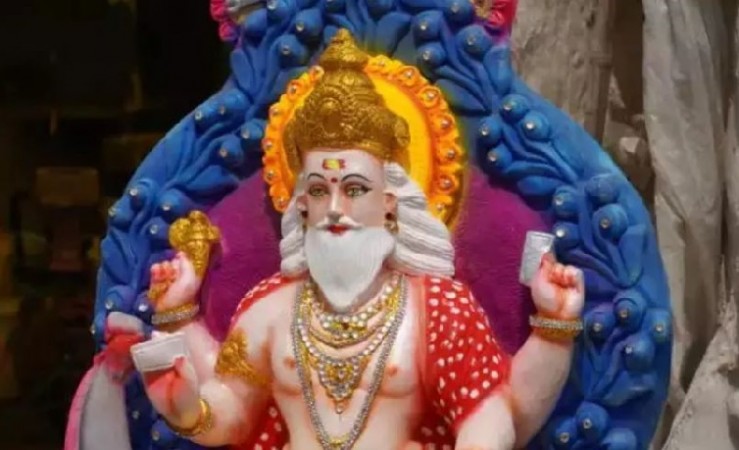
Varaha Jayanti, the birth anniversary of Lord Varaha, is a significant Hindu festival celebrated by devotees of Lord Vishnu. Lord Varaha is an incarnation of Lord Vishnu and is worshipped in his boar form on this auspicious day. This festival, celebrated on September 17, 2023, holds great spiritual and cultural importance, and devotees observe various rituals to seek blessings from the divine.
The Significance of Varaha Jayanti
Varaha Jayanti is celebrated with great enthusiasm by Lord Vishnu devotees. The word "Varaha" translates to "boar," and this incarnation of Lord Vishnu is associated with the act of rescuing the Earth from the clutches of the demon Hiranyaksha. Devotees believe that observing this festival with devotion can bring happiness and prosperity into their lives. Varaha Jayanti is mainly celebrated in South India, where it holds a special place in the hearts of the people.
The Story Behind Varaha Jayanti
The story behind Varaha Jayanti is rooted in ancient Hindu mythology. In the Sat Yuga (the first age in Hindu cosmology), there were two gatekeepers of Vaikunth Dham, the divine abode of Lord Vishnu, named Jay and Vijay. Once, four Kumaras, who were sages with a pure heart, sought permission to enter Vaikunth Dham to meet Lord Vishnu. Jay and Vijay, in a moment of arrogance, denied them entry. In response, the Kumaras cursed Jay and Vijay, stating that they would be born as demons on Earth and could only attain salvation by being killed by Lord Vishnu.
In their next birth, Jay and Vijay were reborn as the demon brothers Hiranyaksha and Hiranyakashipu. Hiranyaksha, in particular, wreaked havoc in the three realms - heaven (Deva Loka), Earth (Prithvi Loka), and the underworld (Patal Loka). His desire for power and dominance led him to steal Mother Earth and submerge her beneath the ocean.
To save the Earth and restore balance, Lord Vishnu incarnated as a boar, known as Varaha Avtar. Varaha dived into the depths of the ocean, defeated Hiranyaksha in a fierce battle, and rescued Mother Earth by lifting her on his tusks. This heroic act is celebrated on Varaha Jayanti as a symbol of the divine's protection of the Earth and the universe.
Celebrations of Varaha Jayanti
Varaha Jayanti is celebrated with several rituals and customs that reflect devotion and reverence for Lord Vishnu in his Varaha form:
Morning Bath: Devotees start their day by taking a holy bath, symbolizing purification of the body and soul.
Kalash Puja: An idol or image of Lord Varaha is placed inside a metal pot (Kalash). The Kalash is filled with water, and mango leaves are placed in it, along with a coconut on top. This sacred pot is then donated to a Brahmin as an offering to Lord Vishnu.
Scripture Reading: Many devotees organize a recitation or reading of the Shrimad Bhagwad Gita, a revered scripture that contains Lord Krishna's teachings. This is done to please Lord Vishnu and seek his blessings.
Fasting: Observing a fast on Varaha Jayanti is a common practice. Devotees abstain from consuming grains and certain other foods as a sign of their dedication and commitment to the Lord.
Donations: It is believed that donating clothes and money to the needy on the eve of Varaha Jayanti brings good karma and the blessings of Lord Vishnu. This act of charity is an integral part of the festival.
Temple Visits: Devotees visit temples dedicated to Lord Vishnu, especially those with Varaha idols, to offer their prayers, perform rituals, and seek the Lord's blessings.
Varaha Jayanti is a significant Hindu festival that commemorates the divine incarnation of Lord Vishnu as Varaha, the boar, to rescue Mother Earth from the demon Hiranyaksha. This festival is celebrated with deep devotion, fasting, rituals, and acts of charity. It serves as a reminder of the importance of protecting and preserving the Earth and the eternal power of Lord Vishnu in maintaining cosmic balance. Devotees believe that by observing Varaha Jayanti with sincerity and faith, they can attain happiness, prosperity, and the divine blessings of Lord Vishnu.